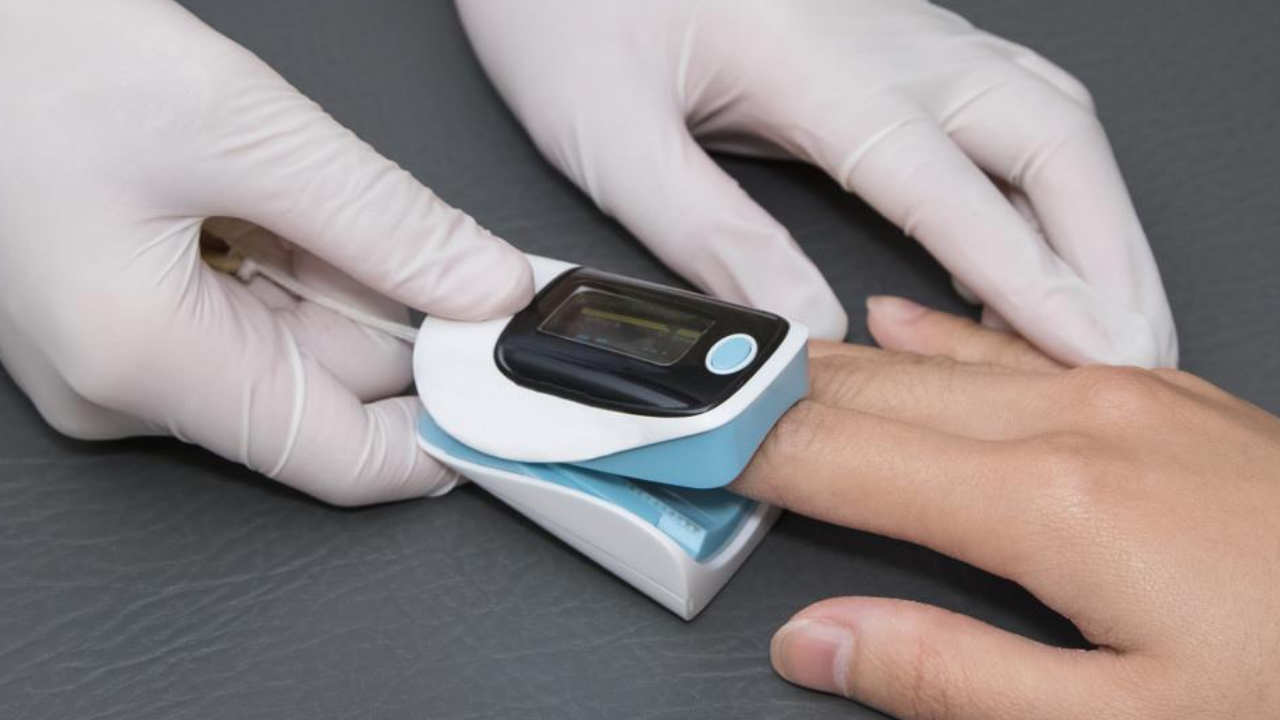August 25, 2020
2m 36s
Share:
In the United States, diseases or events such as strokes, cancer, heart attacks, and chronic lung diseases represent more than 60% of the total death. Hypoxia is a significant component of these pathologies.
Hypoxia is a scenario in which the tissue receives less oxygen than necessary. This implies an imbalance of the oxygen content and the basal metabolism of the cells. It can be temporary, acute, or chronic.
At the cells, 80% of the available oxygen is used by the mitochondria. This molecule is the final receptor in the electron transport chain and the energy generated from this reaction is used to pump hydrogen ions, through electrochemical potential, out of the mitochondria. Then the hydrogen diffuses into the mitochondrial interior and the energy generated is used by Complex IV or Cytochrome C oxidase to phosphorylate ADP, obtaining ATP.
When there is hypoxia, it is generated a physiological response. If not corrected, it generates organic dysfunction and cell death. For this reason, it is important to evaluate the effects of hypoxia in the body in order to understand the mechanism of action of hyperbaric oxygen and determine the optimal management in these conditions.
How does the body respond to hypoxia?
When oxygen levels are not sufficient, there is a quick response led by the cells of the carotid body or glomus caroticum, which detect the oxygen tension in the blood.
In order to maintain adequate cellular oxygenation, the ventilatory and cardiac frequency is increased, the force of cardiac contraction increases, the dilation of systemic vessels and vasoconstriction of pulmonary vessels occurs.
How does the cell respond to hypoxia?
A group of proteins prolyl-hydroxylases PHD (class prolyl hydroxylase domain proteins) detect the level of intracellular oxygen and regulate the activation of HIF. Under normal conditions, PHDs are active, inactivating HIF-1 hypoxia-induced factor (HIF for Hypoxia Inducible Factor).
Faced with low oxygen levels, PHDs are unable to cause HIF degradation, so it is free to enter the nucleus, bind to specific liver genes, and modulate the expression of mediators that result in changes in glucose metabolism, an increase of cytochrome oxidase transcription and promotion of lipid storage.
It also stimulates the expression of erythropoietin and vascular growth factor. In addition, it acts as a signal for the cell to abandon aerobic metabolism. Once hypoxia is established, the mitochondria undergo an imbalance that leads to the leakage of electrons into the cytoplasm, before reaching Complex IV.
As the oxygen deficit increases, so does the production of reactive oxygen and nitrogen species, in response to the oxidative stress suffered by the cell. Free radicals are extremely toxic, cause damage, and could even lead to cell death.
Hyperbaric Oxygen Therapy
The action mechanisms of hyperbaric oxygen can be classified into primary and secondary:
The primary ones are those that include the correction of the hypoxic state by increasing the arrival and pressure of oxygen, for example microbicidal activity and attenuation of the effects mediated by HIF. Side effects are indirect consequences such as a reduction in EROS formation, increased tissue repair capacity, vasoconstriction, angiogenesis, and decreased levels of inflammation.
When a hyperoxic environment is created, the cytoplasmic PHD proteins are active, blocking the activation of HIF and avoiding its effects. Its action on the immune system mitigates the oxygen demand by the EROS generating enzymatic system in phagocytes, allowing a correct action.
HBOT has a direct bactericidal action on Clostridium Perfringens, and bacteriostatic on Escherichia and Pseudomonas. Oxygen is also required by fibroblasts for the formation of collagen. This is why it increases the capacity to generate new vessels, which allows better tissue recovery.
HBOT acts in preventing reperfusion injury since it reduces the production of reactive oxygen species and stimulates the expression of antioxidant enzymes such as catalase, superoxide dismutase (SOD), and glutathione peroxidase.
Source
Choudhury, R. 2018. Hypoxia and hyperbaric oxygen therapy: a review. International Journal of General Medicine 2018: 11 431–442
Share:
Related
View cookie policy.


